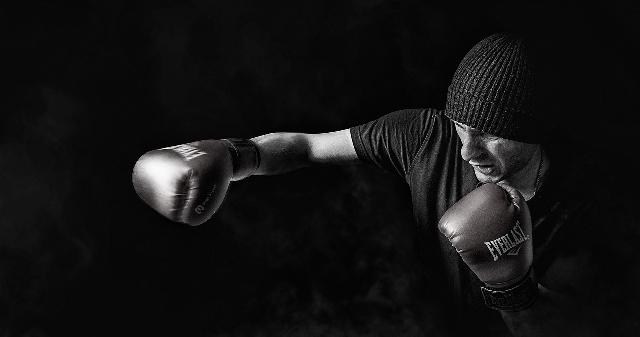
Erection, also known as penile erection or simply “getting hard,” is a physiological phenomenon that occurs in males during sexual arousal. While it may seem like a simple and automatic process, the mechanics of erection are actually quite complex and involve a delicate balance of various bodily systems.
In this article, we will delve deeper into the topic of erection, exploring the anatomy and physiology behind it, as well as the factors that can impact its occurrence and duration. We will also discuss common misconceptions and myths surrounding erection, and provide helpful tips for maintaining healthy sexual function. So let’s get started and unravel the mysteries of this integral aspect of male sexual health.
The Anatomy of Erection
Before we dive into the mechanics of erection, it’s essential to understand the anatomy of the male reproductive system. The penis is composed of three main parts: the root, the shaft, and the glans (or “head”). The root of the penis is attached to the pelvic bone and contains the internal structures responsible for erection, namely the two posterior (back) branches of the cavernous nerve.
The shaft of the penis comprises two cylindrical columns of erectile tissue called the corpora cavernosa. These are responsible for the majority of the penis’ rigidity during erection. The glans is the sensitive tip of the penis and contains a high concentration of nerve endings, making it highly responsive to sexual stimulation.
The Physiology of Erection
The process of erection begins with sexual stimulation, whether physical or psychological. This triggers the release of neurotransmitters, including dopamine, oxytocin, and nitric oxide (NO), which work together to relax the smooth muscles and increase blood flow to the penis.
NO is a crucial player in this process as it is responsible for signaling the blood vessels to widen and allow more blood to flow in. It does this by stimulating the production of a chemical called cyclic guanosine monophosphate (cGMP) in the smooth muscle cells of the penis, which in turn causes these muscles to relax.
As the blood vessels widen, the corpus cavernosum fills with blood, causing the penis to become engorged and increasing its size and rigidity. At this point, the veins that usually allow blood to leave the penis become constricted, trapping the blood inside and maintaining the erection.
What Factors Affect Erection?
Erection is a complex process that can be influenced by several physiological, psychological, and environmental factors. Here are some of the most common factors known to impact a man’s ability to achieve and maintain an erection:
1. Age: As men get older, their testosterone levels decrease, which can affect their sexual function. Additionally, older men may have underlying health conditions that can contribute to erection difficulties.
2. Lifestyle choices: Smoking, excessive alcohol consumption, and drug use can all have negative effects on erectile function. Poor diet, lack of exercise, and high levels of stress can also impact a man’s ability to get an erection.
3. Health conditions: Certain health conditions, such as diabetes, heart disease, and high blood pressure, can damage the nerves and blood vessels responsible for erection. Other conditions that can affect sexual function include obesity, hormonal imbalances, and prostate problems.
4. Medications: Some prescription medications, including antidepressants and blood pressure medications, can cause erectile dysfunction (ED) as a side effect.
5. Psychological factors: Stress, anxiety, depression, and relationship problems can all contribute to ED. These factors can create a cycle of performance anxiety, causing men to worry about their ability to get an erection, which can ultimately lead to difficulties achieving one.
Debunking Common Myths About Erection
There are many misconceptions and myths surrounding erection, which can create confusion and hinder a man’s understanding of his own sexual health. Let’s take a look at some of these myths and debunk them with scientific evidence:
Myth 1: A man can only have an erection if he is sexually attracted to his partner.
Fact: While sexual attraction can play a significant role in arousal, there are many other factors at play, including hormones and physical stimulation.
Myth 2: Younger men are less likely to experience erection difficulties.
Fact: While age may be a significant risk factor for ED, it can affect men of any age. According to a study published in the Journal of Sexual Medicine, nearly one in four men seeking treatment for ED were under the age of 40.
Myth 3: If a man is not able to get an erection, it means he is not interested in sex.
Fact: As mentioned earlier, there can be numerous physiological and psychological factors that contribute to erection difficulties. Lack of interest in sex is just one possibility, but it is not always the case.
Maintaining Healthy Erection Function
Understanding the mechanics of erection and the factors that can affect it is crucial for maintaining healthy sexual function. Here


